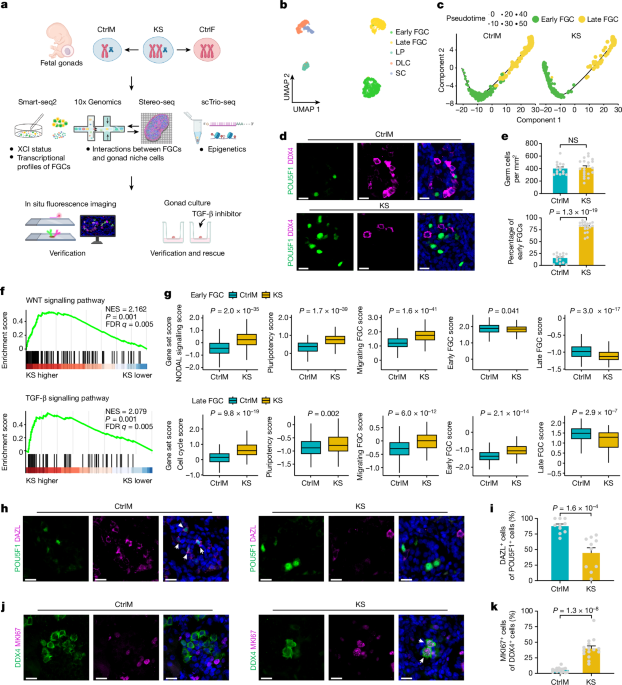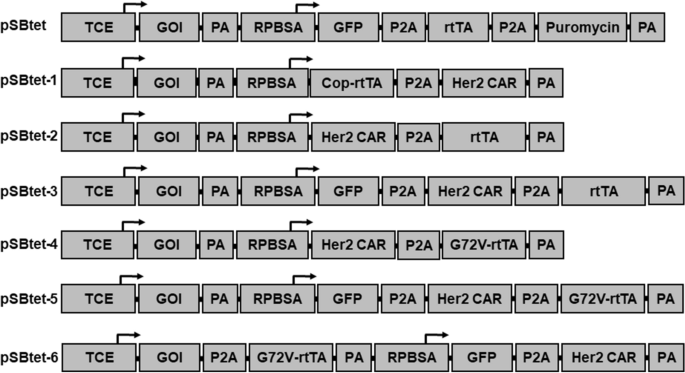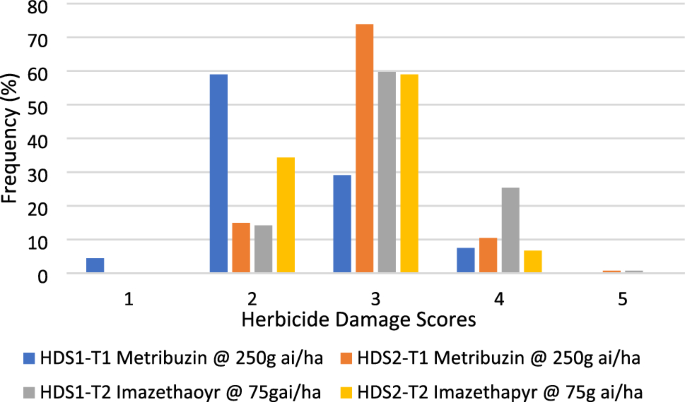- Select a language for the TTS:
- UK English Female
- UK English Male
- US English Female
- US English Male
- Australian Female
- Australian Male
- Language selected: (auto detect) - EN
Play all audios:
ABSTRACT GRAPHITE which has been strained in tensile creep releases a very large amount of stored energy when the creep stress is reduced, as happens in the dip test1. The very large amount
of negative creep (actual shrinkage of the specimen while it is still under an appreciable applied tensile force) that takes place after a stress reduction is shown graphically in Fig. 1.
Three individual stress reduction tests are shown. The work the specimen does against gravity in lifting the hanging weights is measured by the distance the specimen shrinks in negative
creep multiplied by the remaining applied force. In a series of tests on ZTA graphite, the largest measured amount of energy released was 1.1 × 106 ergs/cm3 (0.17 calories/g atom). This was
released when one specimen was strained almost to fracture (20 per cent elongation) at 3,200 pounds inch−2, at which point the applied stress was reduced to 1,600 pounds inch−2. The negative
creep strain after the load reduction was 1.2 per cent. In time the negative creep period ended, but additional negative creep, some four times greater than that already measured, then
occurred after complete removal of the applied stress. If the total energy release were proportional to that measured after the initial stress reduction, it would have been about 5.5 × 106
ergs/cm3. It was probably less than this. For further calculations, however, let us assume that the released energy was somewhere between 1.1 × 106 and 5.5 × 106 ergs/cm3. Access through
your institution Buy or subscribe This is a preview of subscription content, access via your institution ACCESS OPTIONS Access through your institution Subscribe to this journal Receive 51
print issues and online access $199.00 per year only $3.90 per issue Learn more Buy this article * Purchase on SpringerLink * Instant access to full article PDF Buy now Prices may be subject
to local taxes which are calculated during checkout ADDITIONAL ACCESS OPTIONS: * Log in * Learn about institutional subscriptions * Read our FAQs * Contact customer support SIMILAR CONTENT
BEING VIEWED BY OTHERS MATERIAL PROPERTIES AND STRUCTURE OF NATURAL GRAPHITE SHEET Article Open access 29 October 2020 HUMIDITY-DEPENDENT LUBRICATION OF HIGHLY LOADED CONTACTS BY GRAPHITE
AND A STRUCTURAL TRANSITION TO TURBOSTRATIC CARBON Article Open access 10 October 2022 BIAXIAL TENSILE BEHAVIOR OF STAINLESS STEEL 316L MANUFACTURED BY SELECTIVE LASER MELTING Article Open
access 11 December 2023 REFERENCES * Nix, W. D., and Barrett, C. R., _ASM Trans._, 61, 695 (1968). Google Scholar * Bruce, R. H. J., _Metal. Club, R.C.S. Glasgow 10_, 41 (1958–9). * Knibbs,
R. H., _J. Nuc. Mat._, 24, 174 (1967). Article ADS CAS Google Scholar * Green, W. V., Levinson, L. S., Reiswig, R. D., and Zukas, E. G., _Carbon_, 5, 583 (1967). Article CAS Google
Scholar * Hirth, J. P., and Lothe, J., _Theory of Dislocations_, 398 (McGraw-Hill, NY, 1968). Google Scholar Download references AUTHOR INFORMATION AUTHORS AND AFFILIATIONS * University of
California, Los Alamos Scientific Laboratory, Los Alamos, New Mexico, 87544 W. V. GREEN & E. G. ZUKAS Authors * W. V. GREEN View author publications You can also search for this author
inPubMed Google Scholar * E. G. ZUKAS View author publications You can also search for this author inPubMed Google Scholar RIGHTS AND PERMISSIONS Reprints and permissions ABOUT THIS ARTICLE
CITE THIS ARTICLE GREEN, W., ZUKAS, E. Stored Energy in Creep Deformed Graphite. _Nature_ 225, 628–629 (1970). https://doi.org/10.1038/225628a0 Download citation * Received: 21 August 1969 *
Revised: 01 December 1969 * Issue Date: 14 February 1970 * DOI: https://doi.org/10.1038/225628a0 SHARE THIS ARTICLE Anyone you share the following link with will be able to read this
content: Get shareable link Sorry, a shareable link is not currently available for this article. Copy to clipboard Provided by the Springer Nature SharedIt content-sharing initiative






